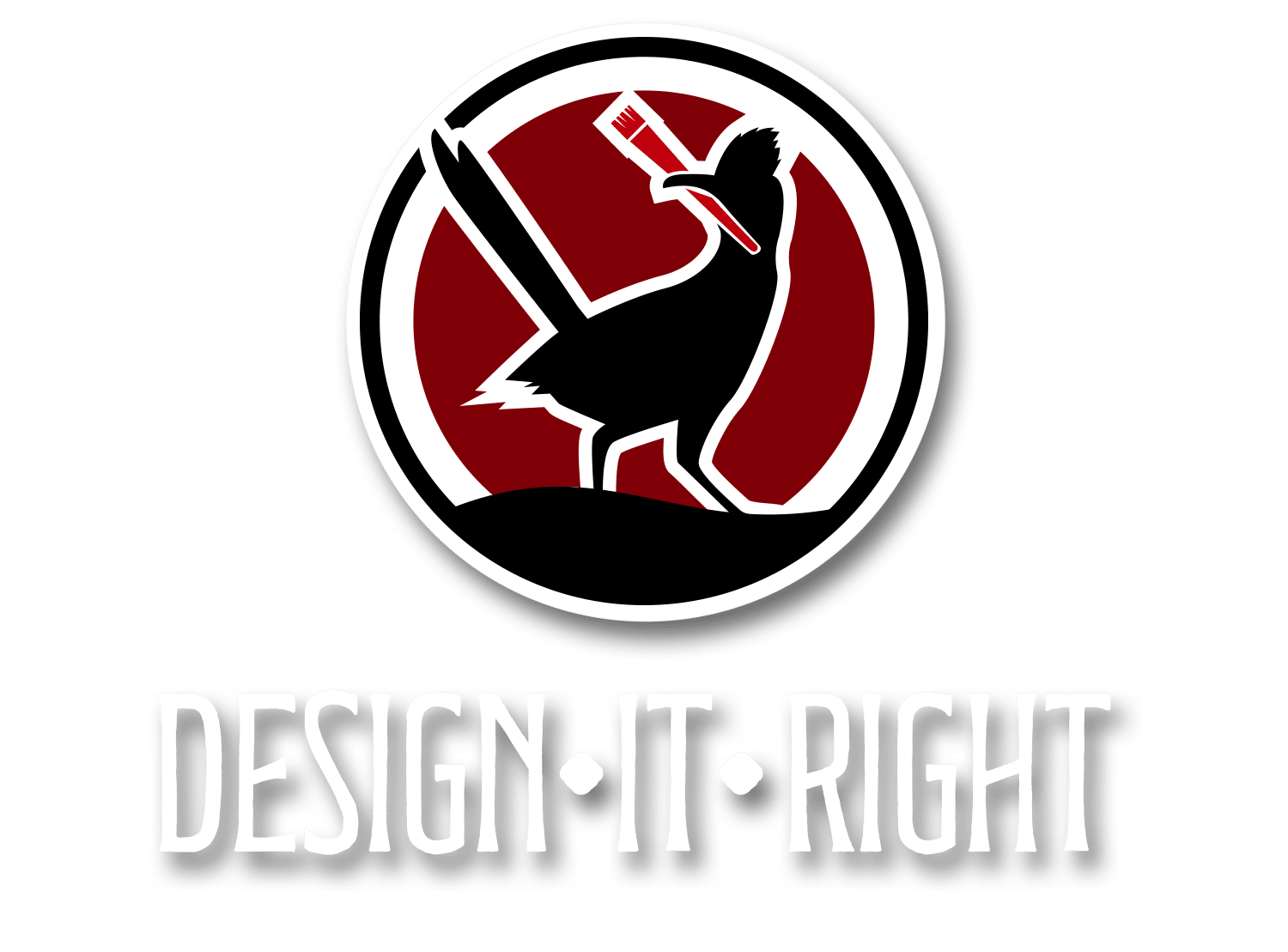Small Business Digital Marketing Strategies Explained
Digital marketing has completely transformed how small businesses reach, connect with, and retain customers. Gone are the days when only large companies could afford the kind of exposure that drives real growth. Today, with the right digital tools and strategies, even the smallest businesses can compete and win in the marketplace.
Why Digital Marketing Matters for Small Businesses
What makes digital marketing especially powerful is its ability to reach specific audiences—without blowing your entire budget. From search engine visibility to social media engagement, small businesses can now use online platforms to build awareness, earn trust, and drive consistent sales.
In this article, we’ll break down the most effective small business digital marketing strategies available in 2025. From SEO and social media to email marketing and paid ads, you’ll learn how to use each tactic to grow your brand, attract the right audience, and maximize your marketing budget.
What Are Small Business Digital Marketing Strategies?
Digital marketing refers to any online marketing activity that uses the internet or electronic devices to promote a business. For small businesses, it’s a powerful way to connect with customers where they already spend their time—online. Whether it’s through search engines, social media, email, or websites, digital marketing makes it easier to reach your target audience at a fraction of the cost of traditional advertising.
Unlike print ads or billboards, digital marketing allows for real-time tracking and precise targeting. This means small businesses can invest in platforms that deliver measurable results and adjust their strategy as needed. You don’t need a national campaign or a massive team. With the right tools and strategy, you can build a strong digital presence that generates leads and sales.
Some of the most common digital marketing platforms include business websites, Google search ads, Facebook and Instagram, YouTube, LinkedIn, and email marketing services like Mailchimp or Constant Contact. Together, these tools help small businesses build visibility, increase credibility, and stay top-of-mind with customers.
Build a Strong Online Presence
Every successful digital marketing strategy starts with a strong online presence. At the center of that presence is your website. Think of it as your digital storefront—often the first impression potential customers will have of your business. A professional, easy-to-navigate website builds trust and helps guide visitors toward taking action, whether that’s making a purchase, booking a service, or contacting you for more information.
Your website should reflect your brand clearly and consistently. That means using your logo, brand colors, and a tone of voice that matches your business personality. Clean design, clear navigation, and strong calls to action help turn visitors into customers.
It’s also essential that your website is mobile-responsive. More than half of all web traffic comes from mobile devices, so your site needs to look and function well on smartphones and tablets. A slow or hard-to-use site can quickly drive visitors away. Page speed, mobile layout, and clear contact information all play a role in keeping users engaged.
A well-built website not only supports your digital marketing efforts but also acts as a foundation for SEO, social media, and email marketing. Investing in this core platform gives your small business a solid foundation to grow from.
Search Engine Optimization (SEO)
Search Engine Optimization—better known as SEO—is one of the most powerful tools small businesses can use to get found online. SEO is the process of improving your website and content so that it appears higher in search results when someone types a related query into Google. The higher you rank, the more likely people are to visit your site.
There are two key types of SEO: traditional SEO and local SEO. Traditional SEO helps your website show up in broader search results, often using targeted keywords, well-written content, and high-quality backlinks from other websites. Local SEO focuses on getting your business found by people in your area. That includes optimizing your Google Business Profile, using location-based keywords, and making sure your business information is listed consistently across directories.
To get started with SEO, you’ll want to research keywords your customers are actually searching for, create helpful content that answers their questions, and make sure your website is easy for search engines to crawl and understand. Over time, good SEO helps increase visibility, drive traffic, and build trust with search engines and customers alike.
SEO isn’t a one-time task—it’s an ongoing process that continues to pay off over time.
Social Media Marketing
Social media channels gives small businesses a powerful way to connect with customers, share updates, and grow their brand without needing a huge advertising budget. Platforms like Facebook, Instagram, LinkedIn, and even TikTok allow businesses to reach their audience where they’re already spending time online.
There are two types of social media marketing: organic and paid. Organic social media includes everything you post for free—like photos, updates, behind-the-scenes videos, and customer testimonials. This helps humanize your brand, build trust, and keep your business top of mind. Paid social media, on the other hand, includes targeted ads that help you reach new people based on location, interests, or behaviors.
For small businesses, social media platforms are less about going viral and more about staying consistent and building relationships. Respond to comments, answer messages, and show appreciation for customer engagement. Over time, this kind of interaction builds loyalty and encourages word-of-mouth referrals.
To make things easier, plan blog posts in advance using a content marketing calendar and schedule them with tools like Buffer or Meta Business Suite. Even posting just a few times a week can keep your business visible and relevant.
The key is to focus on the platforms your audience uses most—and to keep showing up with content that adds value.

Paid Advertising Part 1: Google Ads & Search Intent
Paid advertising helps small businesses reach new customers quickly—without waiting months for organic growth. Even with a modest budget, it can generate real results when used strategically.
One of the most popular paid advertising options is Google Ads, which operates on a pay-per-click (PPC) model. That means you only pay when someone actually clicks on your ad. This platform is especially effective when people are actively searching for a product or service.
For example, if a user searches for “emergency plumber near me,” your ad could show at the top of the results. This type of advertising focuses on search intent—meaning you’re reaching people who are ready to take action now. For service-based businesses, this can translate into immediate leads or sales.
The key to success with Google Ads lies in smart keyword targeting, well-written ad copy, and making sure your landing page gives users exactly what they’re looking for.
Paid Advertising Part 2: Social Media Ads & Targeted Visibility
While Google Ads focus on search intent, social media ads are ideal for growing brand awareness and reaching new audiences. Platforms like Facebook, Instagram, and LinkedIn offer advanced targeting tools that allow small businesses to connect with users based on age, physical location, interests, and behaviors.
Unlike search ads, people don’t need to be actively looking for your product or service. Instead, social ads help introduce your business to the right audience—often while they’re scrolling through their feed. This makes them a powerful tool for creating familiarity and driving traffic to your website or profile.
To get the most from social media ads, use strong visuals, clear messaging, and a specific call to action (like “Book Now” or “Learn More”). Always monitor your results, test different approaches, and adjust your strategy to improve performance over time.
Done well, even a small ad spend can deliver impressive returns by reaching the people most likely to become customers.
Email Marketing & Retargeting
Email marketing remains one of the most effective digital strategies for small businesses. It’s cost effective, easy to personalize, and allows direct communication with your audience. When done right, email campaigns help nurture leads, drive repeat business, and keep your brand top-of-mind.
Start by building your email list with customer signups, website opt-ins, or special offers. Then, segment your list by customer type, interest, or purchase behavior to send more relevant content. This improves open rates and encourages engagement.
Platforms like Mailchimp, Constant Contact, or MailerLite make it easy to design, schedule, and automate email campaigns. You can send newsletters, promotions, event invites, or educational content that provides value.
Retargeting takes your email strategy a step further. It allows you to show ads to people who have already interacted with your business—such as visiting your website or clicking an email. This keeps your brand visible and increases the chances of conversion.
Together, email marketing and retargeting help you stay connected with both new and returning customers. They’re powerful tools for building relationships and boosting ROI—especially when combined with your other digital marketing efforts.
Don’t Overlook Your NAP File: Why It Matters for Local SEO
If you're trying to rank well in local search results, your NAP file—which stands for Name, Address, and Phone number—plays a critical role. Google and other search engines rely on this information to confirm that your business is legitimate and trustworthy. To strengthen your online presence, your NAP information should be:
- Consistent: Make sure your business name, address, and phone number appear exactly the same across all platforms—your website, Google Business Profile, Yelp, social media, directories, and anywhere else your business is listed.
- Accurate: Typos, outdated addresses, or old phone numbers can confuse search engines and hurt your local rankings.
- Visible: Place your NAP in the footer of your website and include it in contact pages or service-area landing pages for better indexing.
Search engines use NAP consistency as a trust signal. When your contact details are aligned across the web, it reinforces your credibility—and helps you show up higher in “near me” searches.
Putting It All Together: Your Next Step Toward Digital Growth
Digital marketing has leveled the playing field for small businesses. With the right strategies in place, you can attract local customers, build brand recognition, and grow—without needing a massive budget or a full-time marketing team.
The most important thing is to take action. Whether you focus on improving your website, launching an email newsletter, or optimizing your Google Business Profile, even small changes can make a big impact when done consistently.
Digital marketing is not about doing everything at once—it’s about doing the right things at the right time. As your business grows, your strategy can evolve to include more tools, platforms, and customer touchpoints. The key is starting where you are and building momentum.
At Design It Right, we help small businesses across New Mexico create clear, effective marketing strategies tailored to their goals and resources.
📞 Ready to turn your digital presence into a growth engine? Contact us today for a personalized marketing strategy that fits your budget—and gets results.




